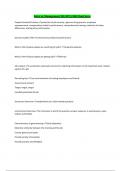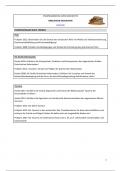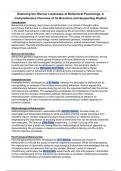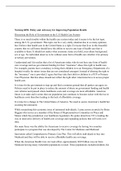Exam (elaborations)
Intro to Management MGMT:2100 Final Iowa
- Course
- Institution
Intro to Management MGMT:2100 Final Iowa People Centered Practices protection of job security, rigorous hiring process, employee empowerment, compensation linked to performance, comprehensive training, reduction of status differences, sharing of key information General model of HR centered ...
[Show more]








